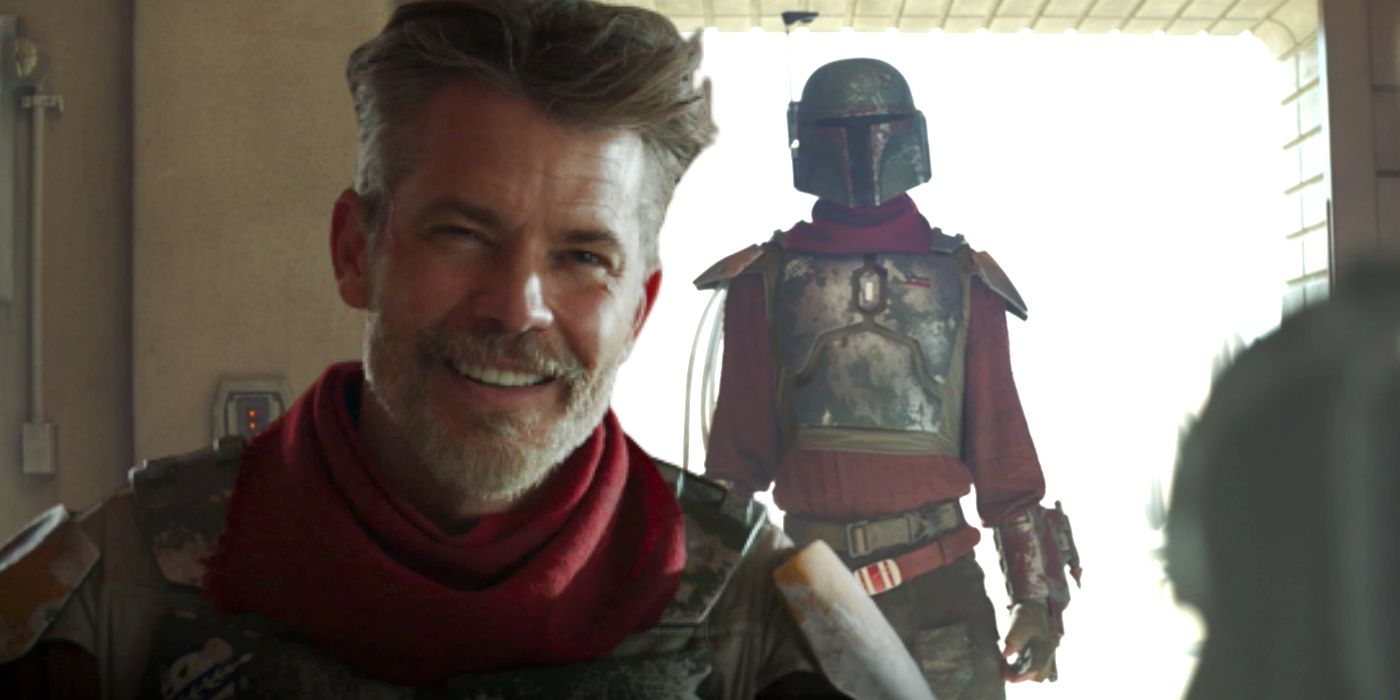The Wars Timothy Findley
Modernity and the Human Condition in Timothy Findley's The Wars. Will McClelland Through a close reading ofTimothy Findley's 1977 novel The Wars thisthesis explores the various ways inwhich modernity and the Great War (1914-1918) irrevocably altered the human condition. The seemingly instantaneous ubiquity ofnew. This is Timothy Findley, writing in his journal in November 1976, describing his experience in the mud. He was researching his WWI novel, The Wars, attempting to duplicate soldiers’ fighting conditions: an impossible task, but one undertaken with determination nonetheless.



The Wars: Four Elements It was the ancient Greek philosopher, Empedocles, who first established the four elements: earth, water, air and fire. He also stated that everything in the world is structured by and rooted in these four elements. However during times of conflict and violence, humans begin to disturb this harmony. When this happens, the elements stop representing life and start representing a form of destruction. Throughout Robert Ross’s journey in The Wars, Timothy Findley exemplifies this theory by displaying the four elements in two diverse ways: benevolent and harmful.
Earth is said to be the feminine element. It is perceived to be nurturing, stable, and full of endurance. The planet itself is a ball of life in which one is able to see the circle of life take place: birth, life, death and even rebirth. Before the war, the element of earth plays a part in Robert’s mourning of his sister. It helps encourage a new life. “Rowena was buried in the morning. Under the trees in frozen earth they had to split with axes. ” (Findley 18) It was Rowena’s burial beneath the earth that helped Robert gain perspective and come to the realization that he had a new life ahead of him, one without Rowena.
During Robert’s time serving in the army, the element that once impelled him to move on with his life transitioned to become a symbol of death. One of the most evident examples of this representation is the moment Robert was stuck in the ground. “Suddenly, his right foot went down. All the way down to the knee through the earth. Dear Jesus- he was going to drown. ” (Findley 85) The earth was now pulling Robert down, dragging him towards death. Water is often related to the idea of being pure and therapeutic.
The Wars Timothy Findley Essay
This perception proves to be true when analyzing Robert’s bathtub scene. “That night Robert was lying in the bathtub, soothing his aches and bruises with water that was almost scalding hot. ” (Findley 20) Here, Robert finds the water calming and uses it as a way to comfort himself after his confrontation with Teddy Budge. Although water is closely associated with purity and the rigors of cleanliness, it is also associated, more importantly, with life in and of itself. This comes to no surprise.

The Wars Timothy Findley Pdf
Like water, life is subject to change. Like water, life is shaped by the places it exists in: the earth, the environment, and the ecosystems. Throughout his voyage, Robert Ross finds himself in the presence of snow numerous times. For instance, it snows during Rowena’s funeral, “All the time the minister eulogized and all the time they prayed, it snowed” (Finley 18) Robert also stands in the snow at the train station, much like Mrs. Ross let the snow beat down on her face. Each of these events marks a point of permanent change.
Everyone is able to imagine the scene where the hero looks down and the town below him is awash in flames. Fire is the agent of destruction; symbolism of both chaos and war. Burning everything in its path, it brings nothing but devastation. “Fire storms raged along the front. Men were exploded where they stood – blown apart by the combustion” (Findley 137) Staying true to this depiction, fire takes the lives of many during the war, including Robert himself. While trying to save the horses, Roberts get caught in the barn and the roof “went up in seconds like a tinder box. (Finley 212) Although the flames claimed the lives of many, at times they also helped give Robert peace at mind. During Robert’s stay at Desole, he receives his kit bag which includes a picture of Rowena. He decides to burn the picture and it is acknowledged as “not an act of anger- but an act of charity. ” (Findley 193) Furthermore, when Harris dies, he is cremated. When one thinks of air, the concept of life almost instantly comes to mind. One of the very last lines in the novel is discussing a picture of Robert and Rowena with Meg, the pony.
On the back of the picture was written “’Look! You can see our breath! ’ And you can. ” (Findley 218) This highlights the significance of the element as it accurately represents life in its purest form. However, the element did not consistently represent life throughout the entire novel; rather, it had also been a symbol of death. “It tumbled over the edge and began to spread out over their heads- drifting on a layer of cold, dank air rising from the pool below them. ” (Finley 137) At this point, the air the soldiers were breathing had no other meaning than death.
Pastor Timothy Findley
They were bombarded with a chlorine gas attack that was essentially conducted to kill. The four elements are the basic building blocks of life. In The Wars, Timothy Findley manipulates each of the elements with the intention of having them displayed in two different ways. At the end of Robert’s life, Juliet d’Orsey inscribed the words “Earth and Air and Fire and Water” on his gravestone implying that at death, one is at peace with all of the elements as there is no more interference with their harmony. Robert Ross was finally at peace.